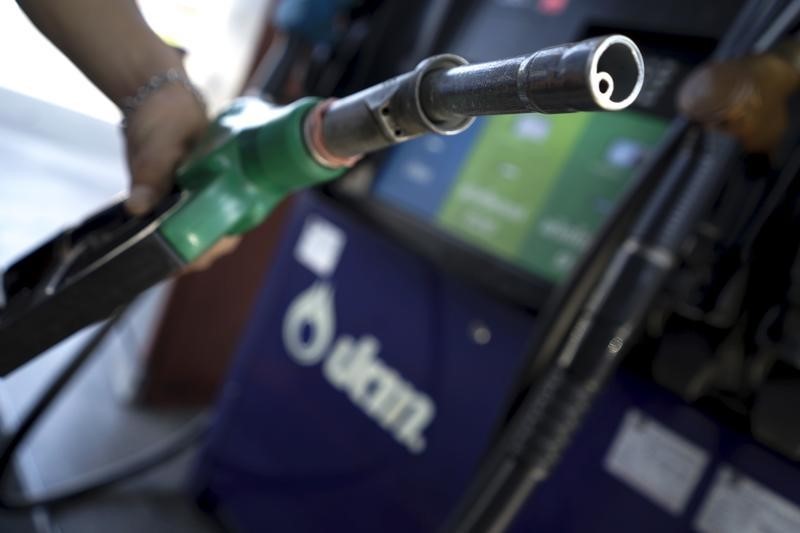By Barani Krishnan
Investing.com - Oil prices fell nearly 3% on Monday, taking their hardest hit in seven weeks, as the spread of a highly-infectious new strain of the coronavirus in Britain sparked fears of another global clampdown on travel.
Countries across Europe and beyond barred travelers from the United Kingdom as authorities reported the new strain appeared to be spreading 70% faster than earlier variants and was responsible for a surge in cases in London and its surrounding areas. Recorded cases across the U.K. in the week to Sunday rose 51% over the week before.
“Crude oil has run into a long overdue correction after the price ran ahead of current fundamentals,” Ole Hansen, head of commodity strategy at Copenhagen’s Saxo Bank, said in a tweet.
Speculative longs in U.S. crude’s West Texas Intermediate and U.K. Brent futures have cumulatively risen by 250 million barrels in the six weeks to Dec 15, defying supply-demand logic in data from both OPEC — the Organization of Petroleum Exporting Countries that represents the biggest producers — and International Energy Agency — which serves as watchdog for Western consumers, Hansen noted.
New York-traded WTI, the key indicator for U.S. crude, settled Monday’s trade down $1.36, or 2.8%, at $47.74 per barrel.
London-traded Brent, the global benchmark for crude, slipped $1.32, or 2.5%, to $50.91 by the close. Brent briefly fell under the key $50 mark during the session, hitting $49.20.
It was the largest one-day decline in the oil markets since Nov. 6, when optimism over the promise of Covid-19 vaccines triggered a rally that blew crude prices out of sync with the realities of demand.
"Brent may fall below $50 a barrel and WTI may drop below $45 this week as investors want to adjust positions ahead of Christmas holidays," Chiyoki Chen, chief analyst at Sunward Trading, said, referring to the shorter trading week.
At Friday’s highs, Brent was up almost 40% from November lows, reaching a March high of $52.26. WTI rose 36% to $49.28, a peak since February.
Of late, particularly, the surge in crude prices came on the back of the trade’s cherry-picking of positive data while ignoring any negative news, including that of huge crude inventory builds and spikes in Covid-19 infections and resulting lockdowns, that could hurt the market. One example was the market going up even after OPEC cuts its expectations for global fuel consumption in the first quarter of 2021 by 1 million barrels a day.
Jeffrey Halley, OANDA’s Sydney-based senior market strategist for Asia, observed in his opening note for the week that oil and other risk markets had adopted a “light at the end of the tunnel approach” since the Pfizer (NYSE:PFE) and Moderna (NASDAQ:MRNA) vaccines burst onto the stage.
But the latest events surrounding the pandemic, including the U.S. death toll that was claiming one person every 33 seconds, could make negotiating Q1 2021 “a torturous affair,” he said.
